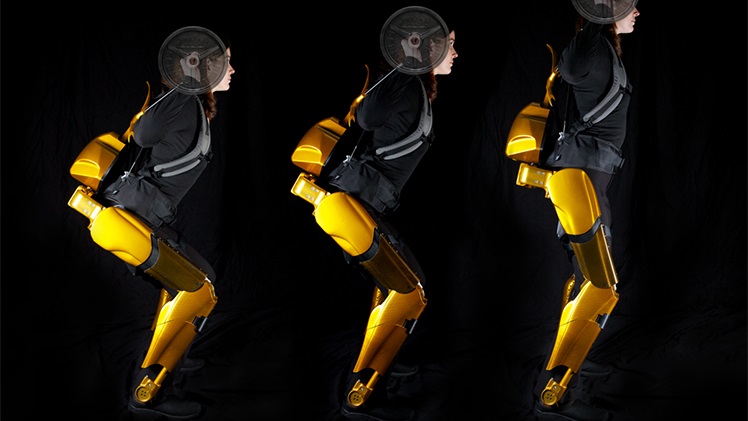Well it looks to be another interesting day folks. After the long holidays, here’s what’s been going on.
Google extends sending money via Gmail to UK residents

At 2031’s Google I/O, Google initially set up the integration of Google Wallet with Gmail for US citizens. Now available to all Gmail users in the UK who are over 18, users will have to click the “£” icon which will soon appear on emails, and enter the amount they wish to send. Users will be able to both send and request cash.
In case you’re really really desperate for the cash you’re owed, you can even send requests for how much money you’d like to receive. For those users without a gmail account, never fear, Google Wallet is here. from which you can link it to your debit card or bank account.
Pretty cool if it was launched in Sri Lanka don’t you think?
Skin patches that generate electricity

In a view reminiscent of sci fi movies such as Matrix, a new device was unveiled and was presented at the IEEE MEMS 2015 conference in Portugal that apparently taps into the energy of the human body to generate power for wearable computers and devices.
About the size of a postage stamp, these generators developed by researchers at the National University of Singapore use the power of static electricity. Using what is known as the triboelectric effect, it revolves around the scenario where when certain kinds of different surfaces are put in close proximity, they create an electrical charge that can be harvested when the surfaces are flexed or pulled apart.
The device does this on a very miniature scale and uses the wearer’s skin as an opposing surface. For the other opposing surface, the research team developed a thin silicone layer which is covered with thousands of flexible pillar-like structures with a nanoscale layer of gold film acting as the device’s electrode.
The researchers then tested the device by attaching it to the forearms and throats of subjects. The muscle movements triggered by activities such as speaking or grasping objects generated enough friction to power up to 12 commercial LEDs.
Quirky.. But interesting
Tailor made Exoskeletons: Cheaper and more comfortable?

With exoskeletons being all the rage these days, one of the key issues that developers seem to face is the fit. They’re either too tight or a bit too loose. Joo H. Kim, who is an assistant professor of mechanical engineering at the NYU Polytechnic School of Engineering, has been given a grant to design robotic suits that better conform to the human body.
His premise is that a better design means higher performance for the people who will be wearing them. In this case, disabled individuals, heavy labor workers or military soldiers.
The researchers plan to accomplish this by using a computer model initially designed by NASA that will be able to analyze an individual’s performance and stability using an exoskeleton and then provide information on how to optimize the design for that person.
Overall, the software framework will help speed up the design and make the suits less expensive to develop.
Kim also states that by providing highly customized design, a reduced design cycle, optimized systems with light weight and natural motion, and improved user comfort and safety, they are bringing exoskeleton technologies to the next level.







GIPHY App Key not set. Please check settings